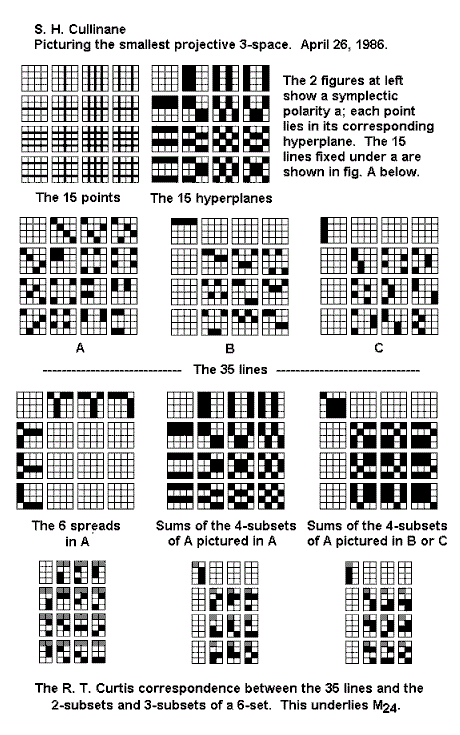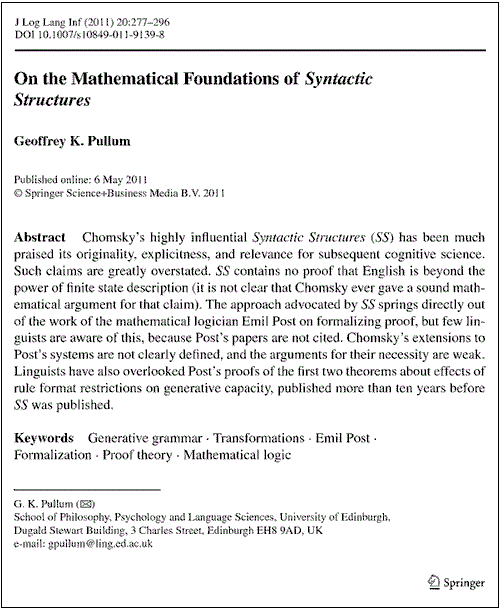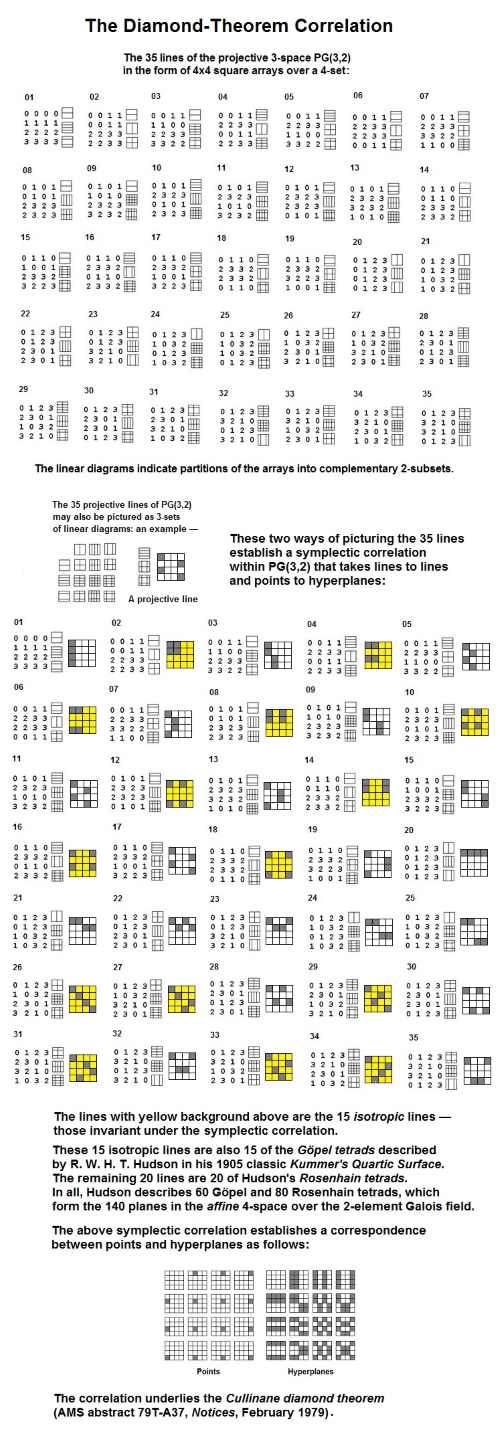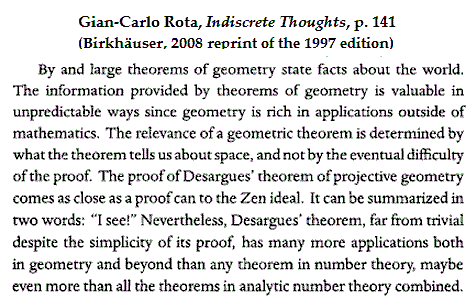From the American Mathematical Society (AMS) webpage today —

From the current AMS Notices —

Related material from a post of Aug. 6, 2014 —

(Here "five point sets" should be "five-point sets.")
From Gotay and Isenberg, “The Symplectization of Science,”
Gazette des Mathématiciens 54, 59-79 (1992):
“… what is the origin of the unusual name ‘symplectic’? ….
Its mathematical usage is due to Hermann Weyl who,
in an effort to avoid a certain semantic confusion, renamed
the then obscure ‘line complex group’ the ‘symplectic group.’
… the adjective ‘symplectic’ means ‘plaited together’ or ‘woven.’
This is wonderfully apt….”

The above symplectic structure* now appears in the figure
illustrating the diamond-theorem correlation in the webpage
Rosenhain and Göpel Tetrads in PG(3,2).
* The phrase as used here is a deliberate
abuse of language . For the real definition of
“symplectic structure,” see (for instance)
“Symplectic Geometry,” by Ana Cannas da Silva
(article written for Handbook of Differential
Geometry , Vol 2.) To establish that the above
figure is indeed symplectic , see the post
Zero System of July 31, 2014.




























